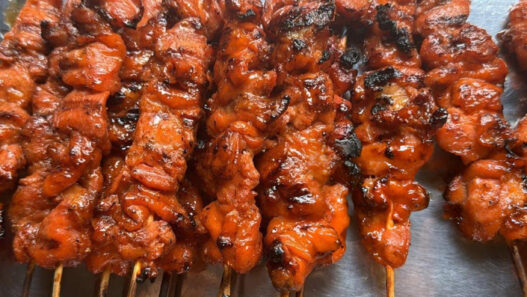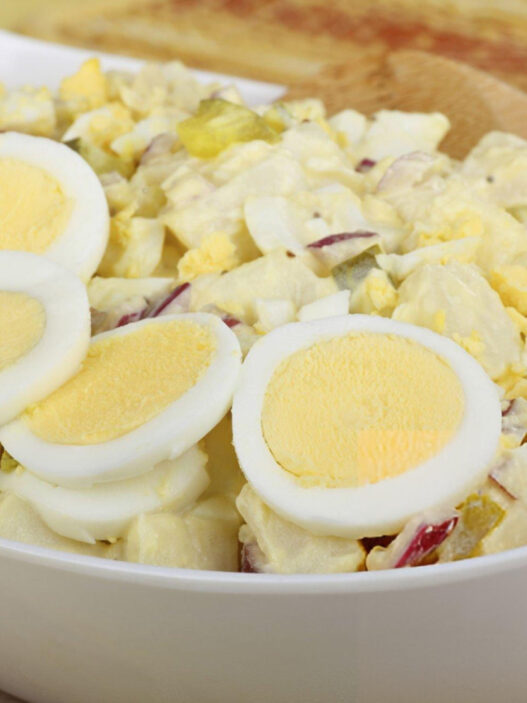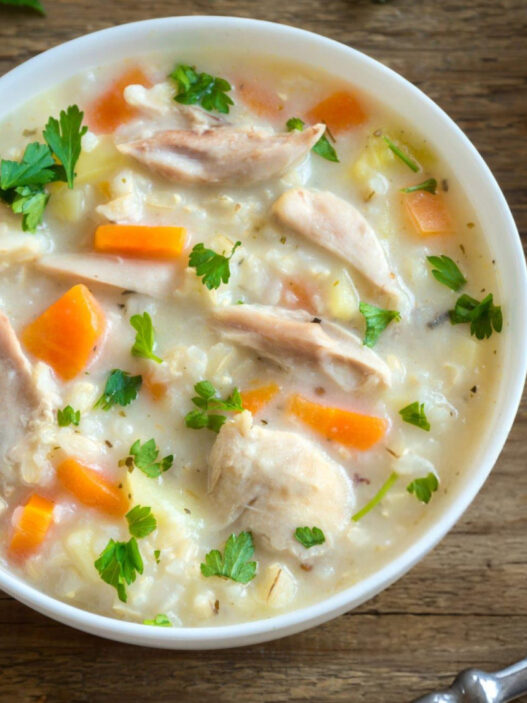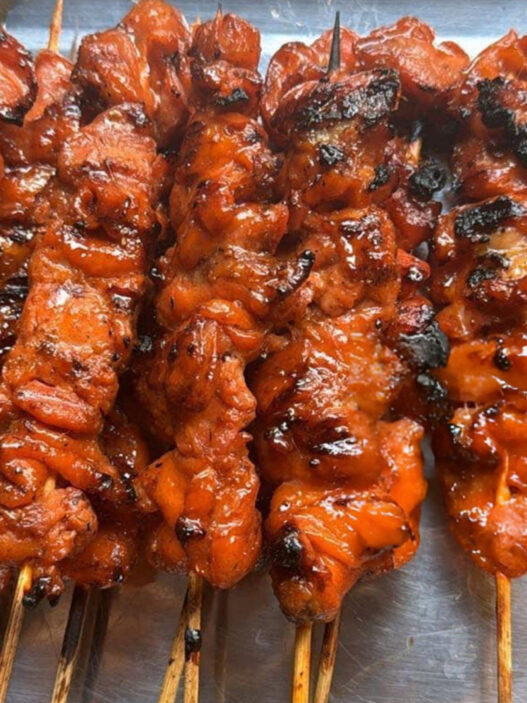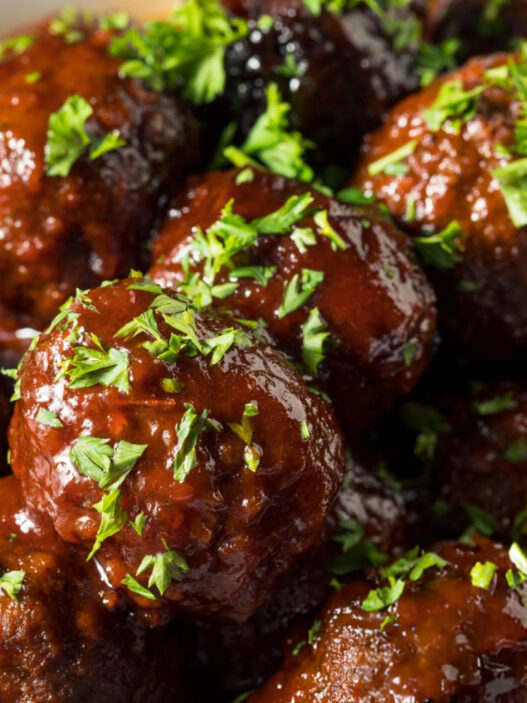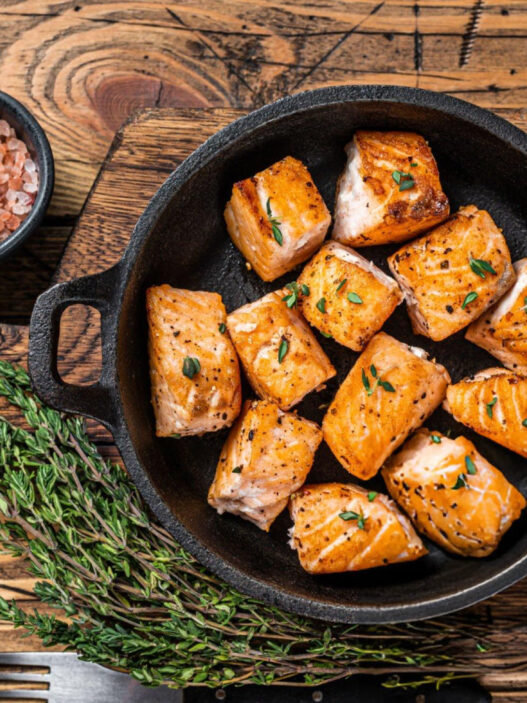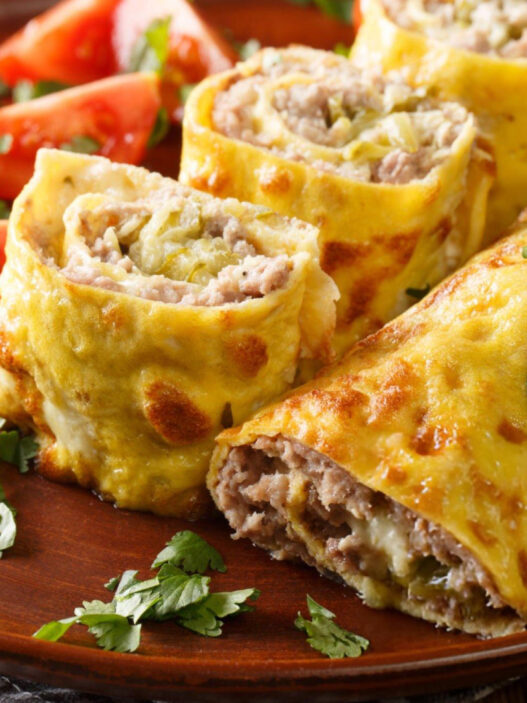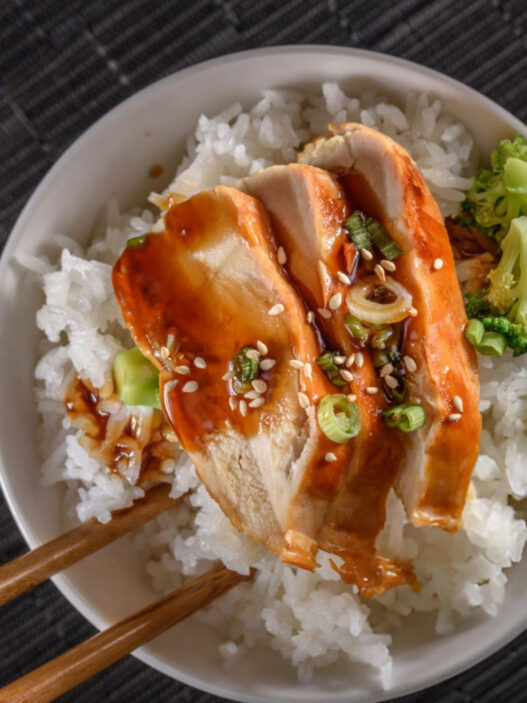Few dishes wrap you in comfort the way a steaming bowl of Vietnamese Beef Pho does. With its warm spices, delicate layers of flavor, and customizable toppings, this traditional soup is the very definition of soul-soothing. Whether you’re chasing away the chill of a winter evening or craving a meal that speaks directly to your senses, pho is the answer.
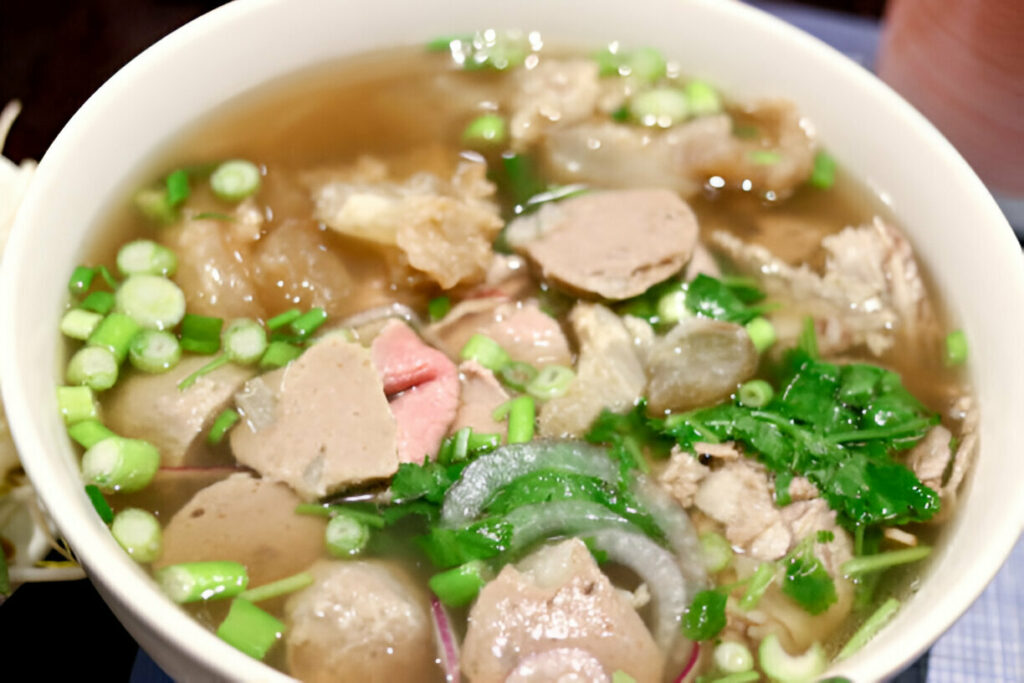
Ingredients Breakdown
At the heart of this recipe is a traditional bone broth that demands patience but rewards every hour with richness. Beef marrow bones, roasted to a deep golden hue, provide the structure. The caramelized onion and ginger slices, charred just enough, offer subtle smokiness and warmth. Star anise and a cinnamon stick contribute a licorice-sweet depth, while a few tablespoons of fish sauce layer in umami complexity.
The beef, sliced so thin it nearly melts upon contact with the hot broth, is best cut from tender cuts like flank, sirloin, or coulotte. Its freshness is crucial, as it cooks instantly in the heat of the broth right before serving.
Toppings aren’t just garnish in pho—they’re part of the flavor architecture. Crisp bean sprouts, bright Thai basil, chopped scallions, and fresh cilantro add freshness and crunch. A squeeze of lime balances richness with acidity, while hoisin and sriracha bring in optional layers of sweetness and heat. For a bolder punch, sliced jalapeños deliver a welcome spark.
Equally essential are the rice noodles. Choose dried flat rice noodles made for pho—they’re light, neutral, and ideal for soaking up the layered flavors of the broth. Cook them just until tender and rinse under cool water to keep them from clumping.
Step-by-Step Preparation Guide
To begin building flavor, the bones are roasted at high heat to extract every bit of umami potential. Roasting caramelizes the natural sugars in the bones, giving the broth a dark, rich base. Onions follow, roasted until their edges blacken—this char gives pho its signature depth.
Once the bones and aromatics are ready, they’re submerged in a gallon of water in a large stockpot. The infusion begins with ginger, cinnamon, star anise, and fish sauce. The pot is brought to a gentle boil, then kept at a steady simmer—low and slow for 5 to 10 hours. The longer it simmers, the deeper the flavor. Impurities rise during the early stages; these are skimmed off for clarity and taste.
As the broth simmers, the rice noodles are cooked separately according to package instructions. They’re then rinsed in cool water to halt cooking and prevent stickiness.
Assembly is the final, rewarding step. A portion of rice noodles is placed into a deep bowl, topped with slices of raw beef. Then, ladles of piping-hot broth are poured directly over the meat, cooking it to tender perfection in seconds. What remains is to finish each bowl with a personal selection of toppings—herbs, sauces, and citrus—all waiting to be stirred into the broth.

Recipe Tips
How to thinly slice beef for quick cooking in hot broth:
Freeze the beef for 20–30 minutes before slicing to make cutting it paper-thin much easier. Always slice against the grain for tenderness.
Ways to skim and clarify broth for a clean finish:
Use a fine mesh strainer or ladle to regularly remove foam and fat during the simmering process. For an extra-clear broth, strain it through cheesecloth before serving.
Adjusting saltiness and richness depending on your taste:
Start light with fish sauce and salt, then build flavor gradually. If the broth is too rich, dilute it with water in the final hour.
Tips for balancing spice, sweetness, and tang with toppings:
Use lime for brightness, hoisin for sweetness, and jalapeños or sriracha for heat. Taste as you go, and adjust each bowl to your personal preference.
What to Serve With This Recipe
To complete the experience, pair your pho with traditional Vietnamese accompaniments. Fresh spring rolls (gỏi cuốn) filled with shrimp, vermicelli, and herbs offer a light, fresh start. For something crispy, try fried tofu bites with a tangy dipping sauce.
In terms of beverages, iced jasmine tea or lime soda with mint adds a cooling contrast to the hot broth. Vietnamese iced coffee, though bold, can be a satisfying post-meal option.
If you’re preparing pho for a gathering, serve alongside a light cucumber salad with rice vinegar or a papaya salad to introduce another layer of texture and acidity to the table.
Creative Variations
If you’re looking to experiment, pho offers flexibility. Swap the beef for shredded chicken, shrimp, or even tofu for a vegetarian-friendly version. A mushroom-based broth can also work wonders as a meatless alternative.
To intensify the heat, stir in chili oil or spoon in fresh chili paste. Crushed garlic or fermented black beans can be added to deepen the umami notes.
For toppings, play with regional variations—some enjoy adding a touch of fried shallots or pickled onions. In colder months, try adding bok choy or spinach for an earthy bite.
Frequently Asked Questions
Can I make pho broth in advance and freeze it?
Yes, the broth freezes beautifully. Store in airtight containers or freezer bags for up to three months. Defrost and reheat before assembling fresh bowls.
How do I keep the noodles from sticking together?
After cooking, rinse the noodles under cold water and toss lightly with a few drops of neutral oil to keep them separate.
Is it safe to use raw beef in the bowl?
Absolutely. As long as the beef is very thinly sliced and the broth is boiling hot, it will cook through instantly in the bowl.
How long should I simmer the broth for the best flavor?
Aim for at least 5 hours, though 8 to 10 hours will yield the richest results. The longer it simmers, the more complex the broth becomes.
Can I use a pressure cooker or Instant Pot for the broth?
Yes, a pressure cooker can cut down the time significantly. Cook the broth on high pressure for 90–120 minutes for a comparable depth of flavor.
Making pho at home may seem like a long journey, but each simmering hour contributes to a layered broth that far surpasses anything from a package. It’s a dish that invites customization and celebration—an aromatic experience built from the bones up.
With fresh herbs, vibrant spices, and textures that range from silky to crunchy, every bowl becomes a canvas. Whether enjoyed solo on a quiet evening or shared with guests, Vietnamese Beef Pho brings comfort and satisfaction in every fragrant slurp.
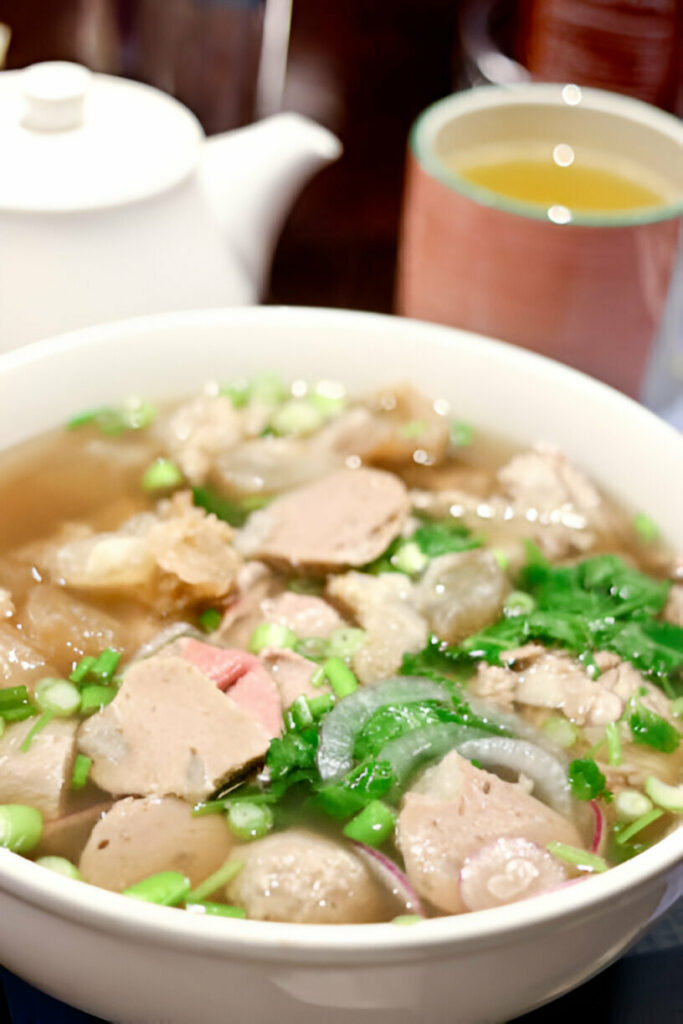
Ingredients
SOUP INGREDIENTS
1 lb flank steak, sirloin, or coulotte, sliced paper-thin
½ lb dried rice noodles
4 lbs beef marrow bones
5 slices fresh ginger, each about 2 inches long
2 whole star anise
1 cinnamon stick
2 tablespoons fish sauce
1 large yellow onion, halved
OPTIONAL TOPPINGS
Fresh Thai basil leaves
Sliced jalapeño peppers
Hoisin sauce
Sriracha
Bean sprouts
Chopped scallions
Fresh cilantro
Lime wedges
Salt
Ground black pepper
Instructions
Preheat the oven to 400°F (200°C). Place the marrow bones on a baking sheet and roast them until richly browned, about 15 to 20 minutes. Remove the bones, then roast the halved onion until the cut sides are deeply charred, around 10 minutes more.
In a large stockpot, pour in one gallon of water and set over medium heat. Add the roasted bones and onions, followed by the ginger slices, star anise, cinnamon stick, and fish sauce. Bring the mixture to a gentle boil, then reduce the heat and let it simmer uncovered for 5 to 10 hours. Skim off any foam or impurities that rise to the surface during the cooking process. Taste occasionally and season with salt and pepper to your preference. If the broth becomes too concentrated, add more water to balance the flavor. Keep the broth hot until it’s time to serve.
Prepare the rice noodles according to the directions on the package. Drain and rinse under cool water to prevent sticking.
To assemble, place a serving of noodles into a deep soup bowl. Arrange a few slices of raw beef over the noodles. Pour the steaming hot broth directly over the meat, allowing the heat to cook it instantly.
Garnish as desired with your choice of toppings—herbs like cilantro and basil, crunchy bean sprouts, spicy jalapeño, or a squeeze of lime. Add hoisin or sriracha for extra flavor, and finish with a sprinkle of salt and black pepper if needed. Serve piping hot.
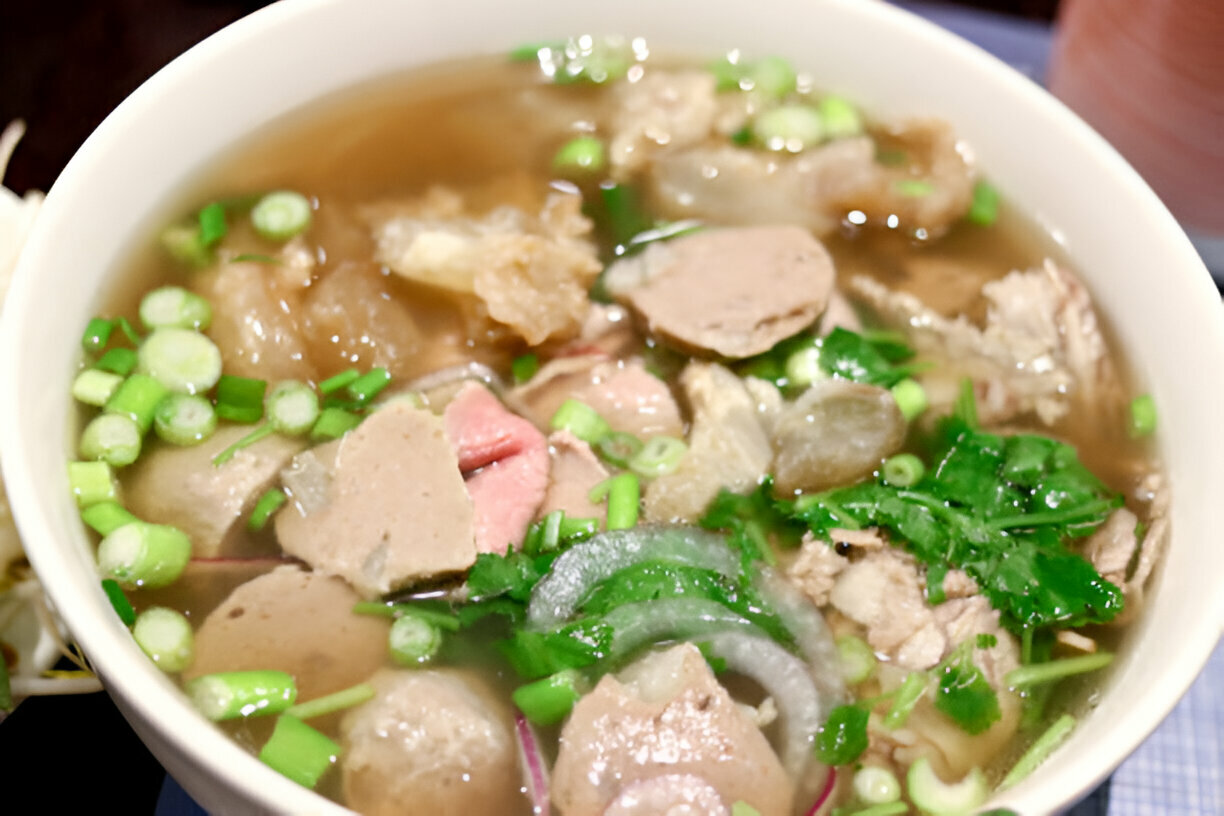
Vietnamese Beef Pho Recipe
Ingredients
SOUP INGREDIENTS
- 1 lb flank steak sirloin, or coulotte, sliced paper-thin
- ½ lb dried rice noodles
- 4 lbs beef marrow bones
- 5 slices fresh ginger each about 2 inches long
- 2 whole star anise
- 1 cinnamon stick
- 2 tablespoons fish sauce
- 1 large yellow onion halved
OPTIONAL TOPPINGS
- Fresh Thai basil leaves
- Sliced jalapeño peppers
- Hoisin sauce
- Sriracha
- Bean sprouts
- Chopped scallions
- Fresh cilantro
- Lime wedges
- Salt
- Ground black pepper
Instructions
- Preheat the oven to 400°F (200°C). Place the marrow bones on a baking sheet and roast them until richly browned, about 15 to 20 minutes. Remove the bones, then roast the halved onion until the cut sides are deeply charred, around 10 minutes more.
- In a large stockpot, pour in one gallon of water and set over medium heat. Add the roasted bones and onions, followed by the ginger slices, star anise, cinnamon stick, and fish sauce. Bring the mixture to a gentle boil, then reduce the heat and let it simmer uncovered for 5 to 10 hours. Skim off any foam or impurities that rise to the surface during the cooking process. Taste occasionally and season with salt and pepper to your preference. If the broth becomes too concentrated, add more water to balance the flavor. Keep the broth hot until it’s time to serve.
- Prepare the rice noodles according to the directions on the package. Drain and rinse under cool water to prevent sticking.
- To assemble, place a serving of noodles into a deep soup bowl. Arrange a few slices of raw beef over the noodles. Pour the steaming hot broth directly over the meat, allowing the heat to cook it instantly.
- Garnish as desired with your choice of toppings—herbs like cilantro and basil, crunchy bean sprouts, spicy jalapeño, or a squeeze of lime. Add hoisin or sriracha for extra flavor, and finish with a sprinkle of salt and black pepper if needed. Serve piping hot.





